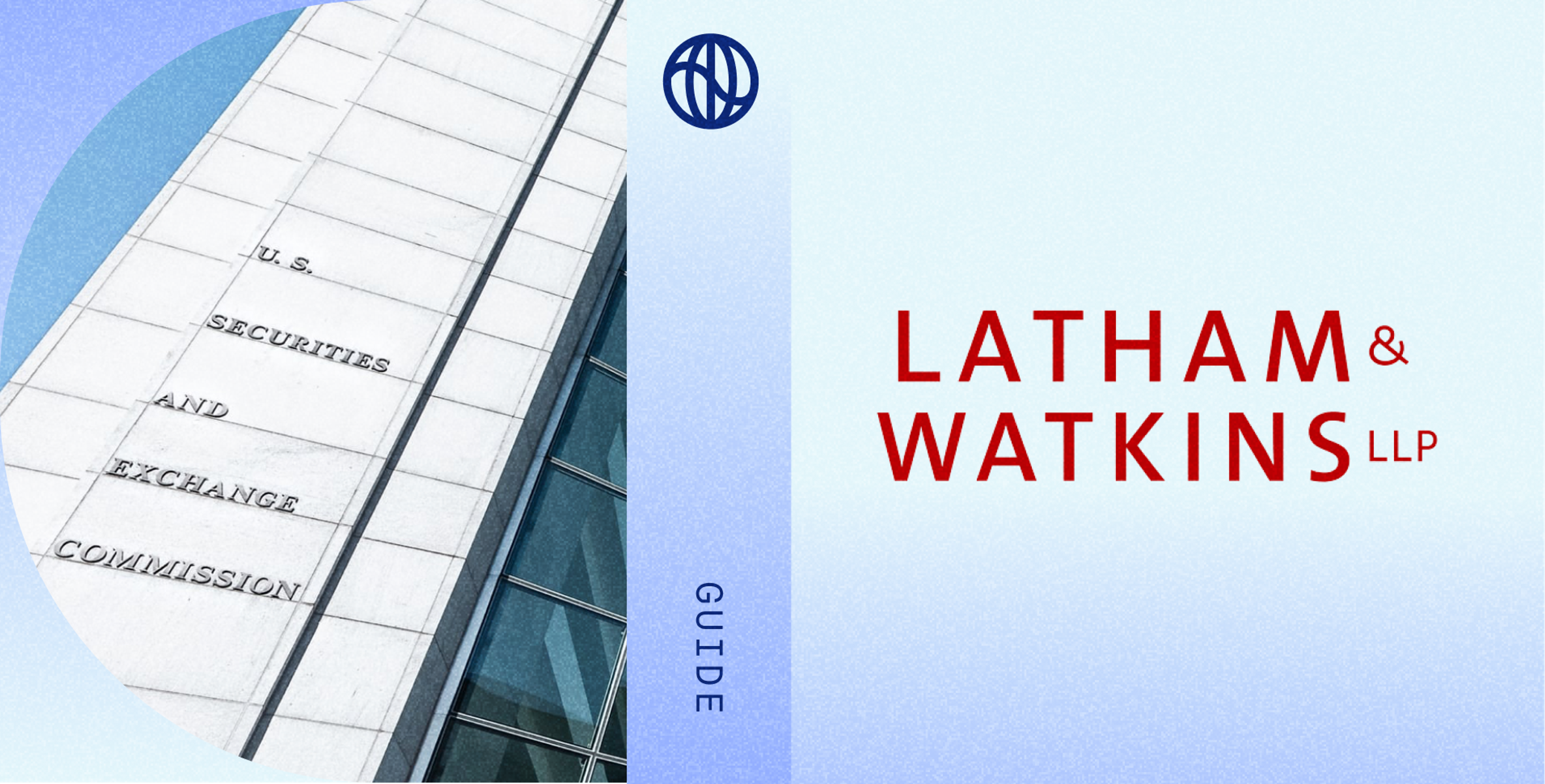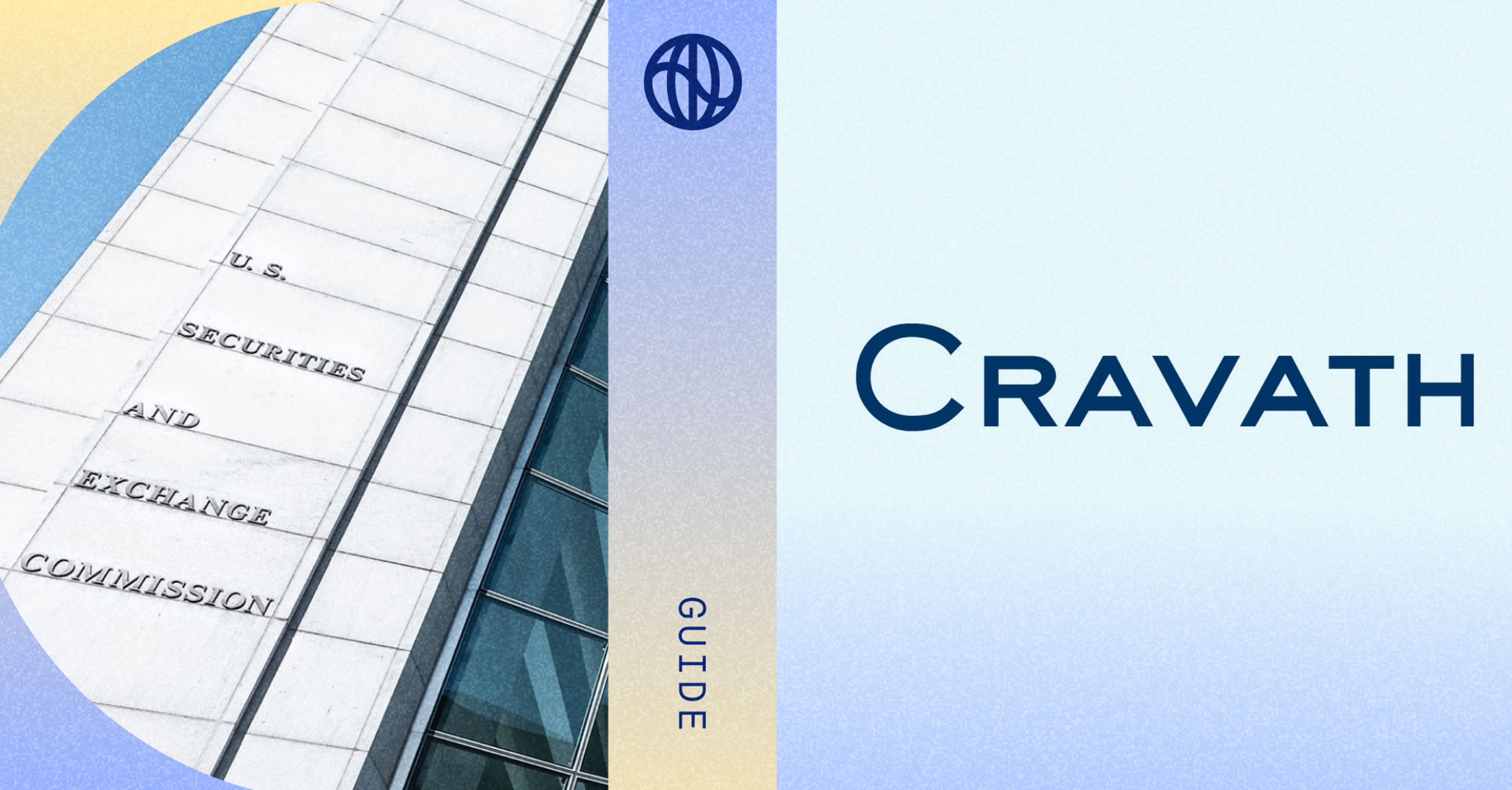
Several regulations relating to climate disclosure and reporting are on the rise around the world and will collectively impact tens of thousands of public companies. Some of the most significant include the EU’s Corporate Sustainability Reporting Directive (CSRD) and Sustainable Finance Disclosure Regulation (SFDR), the UK’s adoption of the Task Force on Climate-Related Financial Disclosures (TCFD) recommendations and the US SEC’s proposed climate disclosure rule.
Some US states are also bringing forth climate-related legislation, including California and New York, which, if passed, would require large companies doing business in those states to publicly report their greenhouse gas (GHG) emissions.
Betty Moy Huber is a Partner in Latham’s Corporate Department and Global Co-Chair of its Environmental, Social and Governance (ESG) practice. Ms. Huber advises boards, corporations and other clients on ESG matters, disclosures and other regulatory guidance. Drawing on over 25 years of experience providing sophisticated and commercial advice and judgment across a broad spectrum of industries and market caps, Ms. Huber helps clients shape and develop ESG strategy, oversight, reporting and other programs to drive value while providing solutions to carefully addressing, managing, and mitigating risk.
We asked Ms. Huber to answer some of the most frequently-asked questions public companies have about these rules and what they need to do to be ready.
What are some good steps for companies to take to prepare for climate disclosure regulations?
Huber: It almost goes without saying, but the first step companies should take is getting familiar with current and upcoming regulations, understanding which rules apply to their organization, and then gathering the data needed for reporting (such as their emissions data). The next step is assessing their existing systems and disclosure controls on climate-related matters.
Companies will need to identify the gaps between their existing processes and the requirements of each applicable regulation to inform the plan they build for compliant disclosure.
Some businesses already calculate and report their GHG emissions or have begun establishing systems to do so; companies that haven’t yet should make a plan for doing so given emissions disclosures will be required (to different extents) across all rulesets. Beyond emissions measurement, many jurisdictions have either outright required TCFD reporting or are basing their requirements on the TCFD framework.
Many companies find getting up to speed on, or disclosing to, TCFD standards is a step that prepares them for a host of mandatory requirements. This is good news for companies—that there is significant overlap among what different regulations are asking for, and many of them are based on existing frameworks.
How should companies prepare for the governance aspects of new regulations?
Huber: Climate-related reporting is a large, cross-functional project requiring input from various internal teams across a company, including finance, accounting, investor relations, legal, sustainability, facilities, procurement and marketing. Companies should make sure internal teams are coordinated; one step many companies have taken already is setting up executive level sustainability committees with representatives from relevant teams.
Companies should also ensure effective internal controls are in place for any climate-related reporting now, whether for disclosures mandated by regulation or for voluntary sustainability reporting. Misalignment between commitments made or data shared in voluntary and mandatory reporting may put companies at risk of third party claims or scrutiny from regulators.
Finally, boards will need to consider how to discharge their fiduciary and oversight duties with regard to climate risk, opportunities, and compliance with these new regulations. Boards can play a tremendous role providing direction to align these matters with business strategy and appropriate risk mitigation, and companies will be required to disclose more on the role that their board members play in their climate program.
Which parts of the rules might be hardest for companies to comply with or accomplish?
Huber: Many aspects of new climate-related regulation will pose challenges. For example, the extraterritorial reach of the EU’s CSRD means many US-based and other multinational companies are grappling with the challenges of navigating climate disclosure requirements across jurisdictions. Moreover, jurisdictions are relying on existing voluntary standards, such as TCFD and the GHG Protocol, to different extents, which means companies may need to develop different calculation methodologies for different regulations.
Calculating Scope 3 GHG emissions is likely to be one of the most challenging pieces of any emissions disclosure requirement, given the number of partners in a company’s value chain and the challenges associated with collecting high-quality data on emissions that fall outside of a company’s direct control or ownership. Companies should start thinking about their Scope 3 emissions and reach out to advisors for solutions to prepare for these requirements.
What are some common misconceptions about the rules?
Huber: Companies and their boards should anticipate that in order to meet reporting deadlines, many of them should be establishing systems and collecting data now. Having an understanding of your emissions footprint well ahead of your first set of disclosures will allow you to consider your climate goals, if any, and risks, which will often be required in your disclosures.
Many companies are not understanding the full extent of the requirements, and how they differ from existing voluntary standards that a company may already be reporting against. For example, while the US SEC’s climate disclosure proposal is largely based on the TCFD’s four-pillar framework, it differs in various ways, and CSRD in the European Union goes far beyond TCFD’s foundation with many additional components that companies have likely never disclosed. Conducting a detailed analysis can help a company understand what it may need to update its existing disclosures to meet expected disclosure requirements.








